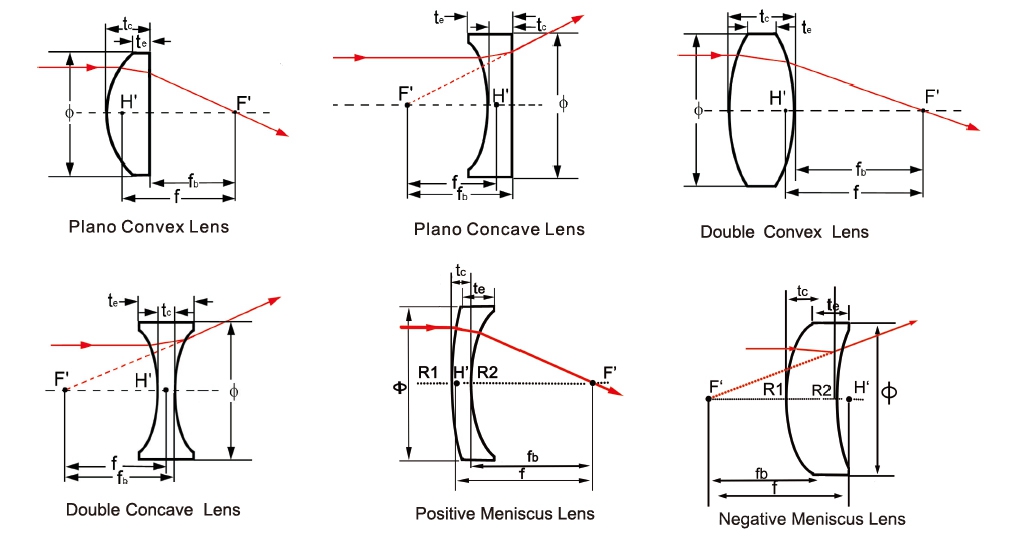Electromagnetic flowmeters are widely used in petroleum, chemical, metallurgy, textile, food, pharmaceutical, paper and other industries as well as environmental protection, municipal management, water conservancy construction and other fields.
First, the choice of electromagnetic flowmeter installation environment The electromagnetic flow sensor enclosure protection level is generally IP65 (international GB4208 enclosure protection grade - dustproof anti-collision water level), the main requirements of the installation environment are:
(1) The sensor should be installed in a dry and ventilated place to avoid moisture, water and flooding, and direct sunlight and rainwater should be avoided.
(2) It should be avoided as much as possible in places where the ambient temperature is too high. The integrated structure of the electromagnetic flowmeter is also subject to the ambient temperature of the electronic components, which is lower.
(3) There should be no strong leakage current on the pipeline where the sensor is installed. It should be as far away as possible from equipment with strong electromagnetic fields, such as large electromechanical "target=_blank> electromechanical, large transformer, etc., so as to avoid electromagnetic field interference;
(4) There should be no strong vibrations on the pipes or floors where the sensors are installed, especially integrated instruments;
(5) The location where the sensor is installed should take into account the space on site for maintenance.
Second, the choice of converter installation environment Converter as a field installation instrument for on-site indication, its installation site should generally choose:
The ambient temperature is between -10 and 45 °C;
The relative humidity of the air is ≤ 85%;
There is no strong vibration at the installation site;
The surrounding air does not contain corrosive gases;
The converter should be installed indoors as much as possible. When installing outdoors, measures against sun and rain should also be taken.
3. The electromagnetic flowmeter has all the following requirements for the installation field. 1. When measuring the mixed phase fluid, select the place that will not cause phase separation; when measuring the two-component liquid, avoid the downstream of the mixing that has not been uniformly mixed; when measuring the chemical reaction pipeline, It should be installed downstream of the fully completed reaction section; try to satisfy the straight pipe sections before and after: not less than 5D and 2D;
2. It is easy to realize the place where the sensor is grounded separately;
3. Avoid high concentrations of corrosive gases in the surrounding environment as much as possible;
4. Try to avoid the negative pressure inside the measuring tube;
5. Avoid large motors and large transformers nearby to avoid electromagnetic field interference;
6. Choose a place with small vibration, especially for integrated instruments;
7. Avoid direct sunlight as much as possible. 4. Installation of electromagnetic flowmeters The measurement principle of electromagnetic flowmeters does not depend on the characteristics of flow. If there is a certain turbulence and vortex in the pipeline, it will be generated in the non-measurement zone (eg elbow). , tangential current limiting or half-opening shut-off valve upstream) is independent of measurement. If steady-state eddy currents in the measurement zone will affect the stability of the measurement and the accuracy of the measurement, then some measures should be taken to stabilize the flow rate distribution:
a. increase the length of the straight pipe section before and after;
b. using a flow stabilizer;
c. Reduce the cross section of the measuring point.
Huajiang Automation can provide you with the most professional electromagnetic flowmeter selection recommendations and the most reliable electromagnetic flowmeter products. If you have any questions, we will have professional technicians to help you answer and hope to bring you help!
Http://news.chinawj.com.cn Editor: (Hardware Business Network Information Center) http://news.chinawj.com.cn
Spherical lenses often used for aiming and focusing of monochromatic light source.Plano-Concave Lenses have a negative focal length and is typically used to cause a collimated beam to diverge as in a Galilean type beam expander or Telescope. Because the spherical aberration of thePlano-Concave is negative, it can be used to balance the aberration of other lenses. This lens is widely use in optical display systems, projection optics systems, imaging and laser measureemnt systerms.
We supply kinds of Plano-Convex Spherical Lens,plano-concave Spherical Lens,bi-convex spherical lens,bi-concave spherical lens,Meniscus Spherical Lens,special spherical lens,achromatic spherical lens,ball lens,sphere lens etc.

Specification of our spherical lens as follow:
*Material: BK7,fused silica,MgF2,BaF2,CaF2,ZnSe,ZnS,Ge or other optical crystals
*Dimension Tolerance +0.0 -- -0.1mm
*Center Thickness +/-0.1mm
*Focal Length Tolerance+/-1%
*Surface Quality:60/40
*Surface Figure: lambda/2 at 633nm on plano side
*Clear Aperture >90%
*Chamfer 0.25mm at 45 degree typical
*Coating Optional
Plano-Concave Spherical Lens,Optical Plano-Concave Lens,Double-Concave Lens Kit,Simple Double-Concave Lens Kit
China Star Optics Technology Co.,Ltd. , https://www.csoptlens.com